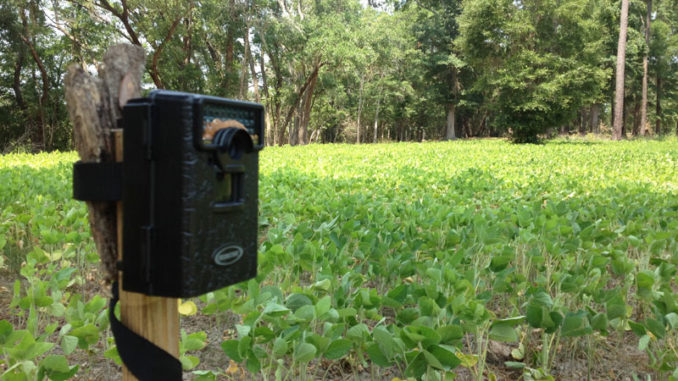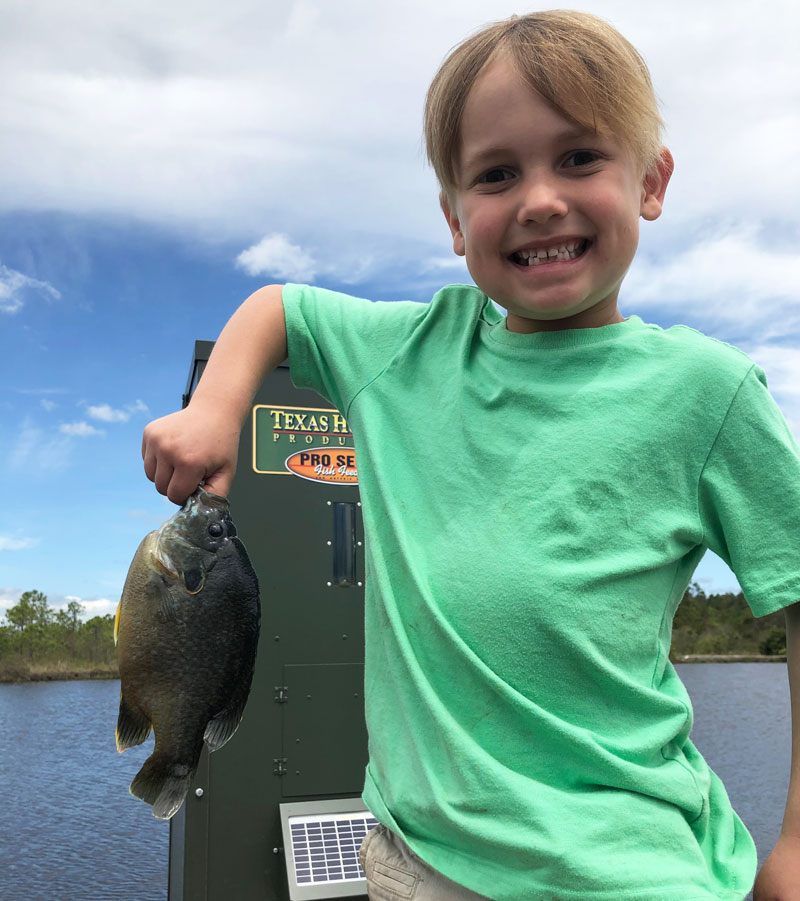
Mineral sites, trail cams, soil tests on calendar
Summer is almost here, bringing the longest days of the year under hot, sunny skies. Many outdoorsmen are on the water trying to catch big bass, king mackerel, or pan-sized bluegill. Deer season and the fall planting season is still several months away. But June is a great time to participate in activities to encourage the quality and sustainability of wildlife on hunting parcels. Here are the top wildlife management activities for June every landowner with significant acreages should consider for growing big whitetails.
The fawn brigade
June is the peak of the fawning period. In the Carolinas, does begin dropping fawns in May and will continue as late as early July. But June is the peak. Does will drop their fawns in areas with abundant ground cover adjacent to food sources, water and close to protection. Early successional forests, high-grass pastures, overgrown food plots and agriculture fields offer excellent places to drop fawns. After they are dropped, they will not travel very far with their mothers. They’ll often stay in the same place for several days until they gain strength. Regardless, they will rely on brushy/grassy cover to hide from predators.
Even if grasses are out of control, it’s a good time to let these vegetated areas flourish until after July 4. By then, fawns are able to run fast and evade predators. Land managers should avoid mowing these areas, even if they are in potential fall food-plot sites. Allowing these areas to grow up will keep escape cover intact for young fawns.
Avoid mowing perennial plots too
Fawn protection is not the only reason to restrict mowing. By June, many food plots have grown up and grasses have taken hold. For many land managers, the urge to mow down these areas, especially plots of clover, are on the mind. Mowing can help damper weed growth in clover and some other perennial plots. But these plots may already be under stress from the intense heat and lack of rainfall. Even though weeds may be a problem, a short cut on these perennial plants may damage them just enough to kill them.
Drought conditions stress herbaceous plants. And even though weeds may be overtopping the target crops, the roots down below will be shaded and protected from the powerful sunshine.
Landowners should restrict mowing this month in perennial plots and places that fawns may be using for cover.
Spread the salt
Existing mineral sites need replenishing. And new mineral sites should be established. Both bucks and does need an abundant mineral source. Does need calcium and phosphorus to fuel milk production for their nursing fawns where their milk is rich in minerals to assist in bone development. And of course, bucks are in peak antler-growing mode for the next two months. They utilize phosphorus and calcium for antler production from their diet and from banked sources in their skeletons. Bucks store minerals in their skeletons to be used for antlers and other activities that may require bone production. Deer must obtain a large portion of their mineral needs from their diets. And when these elements are not available, antler growth suffers. Having an abundant source of minerals at their disposal will assist bucks in the metabolic processes that creates antler tissue.

Traditional mineral blocks are attractive and deer will definitely use them. But granular mixes are more effective. Deer uptake larger amounts of supplemental nutrition from granular mixes than from just licking a mineral block. Landowners should place granular mixes near water and existing food sources. As a general rule of thumb, one mineral site per 100 acres is recommended. This will provide deer with the necessary supplements to grow big antlers and improve overall health.
Trail cameras and pH
With antler growth full-on in June and July, hunters should gather their stockade of trail cameras, replace all the batteries and get them set up in the field as soon as possible.
For many hunters, working a system of trail cameras on their hunting properties is just as much fun as hunting itself. Trail cameras have enabled hunters and land managers to gather information about their herd 24 hours a day in full-color format. With antler production going great guns, June is a great time to get the cameras out there to see what this season will provide.
Last, with fall food plots in mind, June is a perfect time to gather soil samples for testing to get a better indication of the status of the soils with respect to pH and nutrient loading. Soil-test results will provide landowners and land managers with a set of instructions to improve the soil pH and how much fertilizer to add for their upcoming fall plantings. If soil- test results are returned quickly, there is still time to adjust the soil pH to some degree before the fall planting season. Adjusting the pH is the most-important aspect to any food-plot planting plan.
Add food to that pond
Many anglers fish from a boat or along the bank of their favorite fishing hole near their homes. But for those anglers who own enough land to have their own ponds, managing the fisheries can be rewarding.

Ponds can be designed to produce a wide range of results from big bream, big bass, big catfish or lots of fish to be caught. Most landowners aspire to have balanced ponds that flourish independently with the ideal predator-prey relationship. But many others want their targeted species to get as big as quickly as possible. In these cases, the one true way to grow big fish quickly is through their diets.
Landowners can feed a supplemental diet and grow fish to epic proportions in a small amount of time. The most-efficient way is to install fish feeders around the pond’s perimeter. These feeders can scatter food along the pond’s surface on timed intervals, preferably once at sunrise and once just before dark.
One of the secrets of supplemental feeding is that fish will convert feed at a 2-to-1 ratio. For every pound of feed, the fish will gain half that much in body mass up to a certain point per species.
Supplemental feeding affects the entire food chain, too. Typically, the fish food is sized to feed bluegill and other sunfish living in the pond. The increased production will give bass and catfish more energy packed forage. Additionally, the phytoplankton will get a boost in growth from the excess nutrients entering the water. And that gives forage fish more to eat, too, contributing to more food across the entire food chain. Supplementing ponds with food allows owners to sustain a higher population of fish than without supplementation as well.
Click here to read about the best venison recipe you’ll ever eat. It’s time to clear out the freezer for hunting season!

